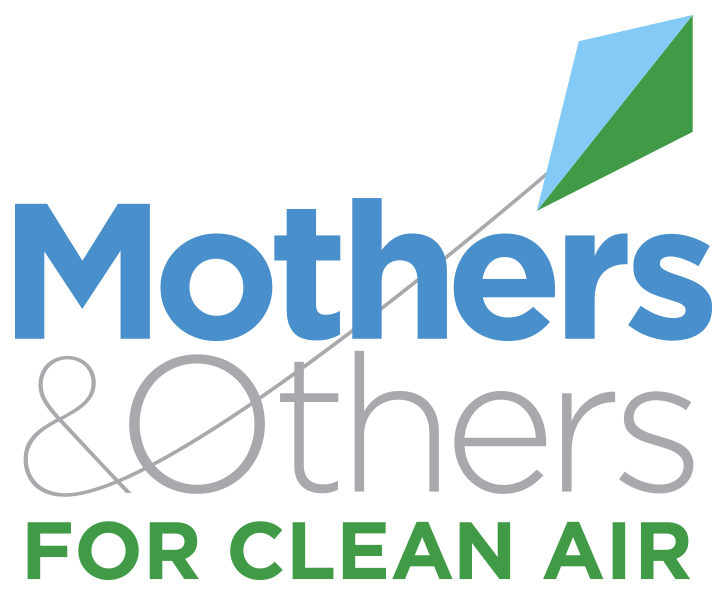Misclassification of exposure is a well-recognized inherent limitation of epidemiologic studies of disease and the environment. For many agents of interest, exposures take place over time and in multiple locations; accurately estimating the relevant exposures for an individual participant in epidemiologic studies is often daunting, particularly within the limits set by feasibility, participant burden, and cost. Researchers have taken steps to deal with the consequences of measurement error by limiting the degree of error through a study's design, estimating the degree of error using a nested validation study, and by adjusting for measurement error in statistical analyses. In this paper, we address measurement error in observational studies of air pollution and health. Because measurement error may have substantial implications for interpreting epidemiologic studies on air pollution, particularly the time-series analyses, we developed a systematic conceptual formulation of the problem of measurement error in epidemiologic studies of air pollution and then considered the consequences within this formulation. When possible, we used available relevant data to make simple estimates of measurement error effects. This paper provides an overview of measurement errors in linear regression, distinguishing two extremes of a continuum-Berkson from classical type errors, and the univariate from the multivariate predictor case. We then propose one conceptual framework for the evaluation of measurement errors in the log-linear regression used for time-series studies of particulate air pollution and mortality and identify three main components of error. We present new simple analyses of data on exposures of particulate matter < 10 microm in aerodynamic diameter from the Particle Total Exposure Assessment Methodology Study. Finally, we summarize open questions regarding measurement error and suggest the kind of additional data necessary to address them.
Published May 1, 2000
Bruno, L. (2019). 済無No Title No Title. Journal of Chemical Information and Modeling, 53(9), 1689–1699. https://doi.org/10.1017/CBO9781107415324.004
